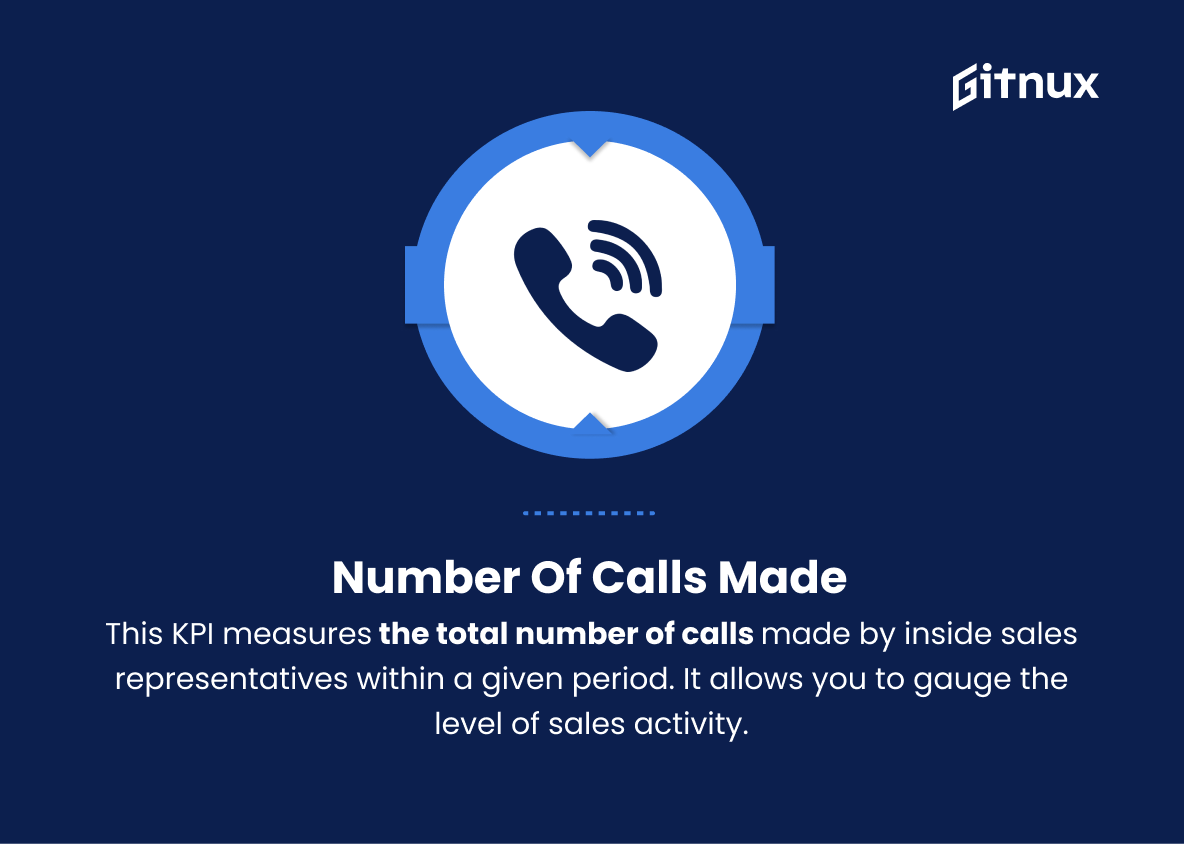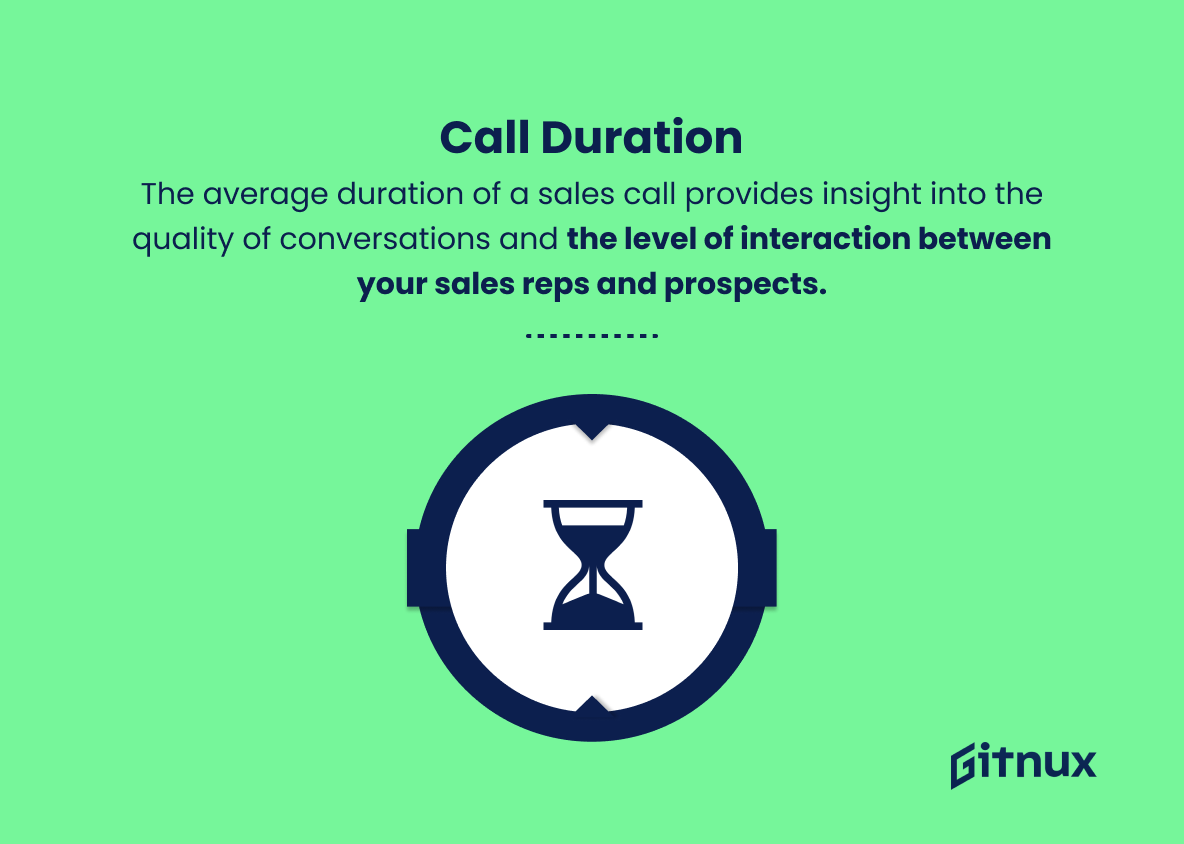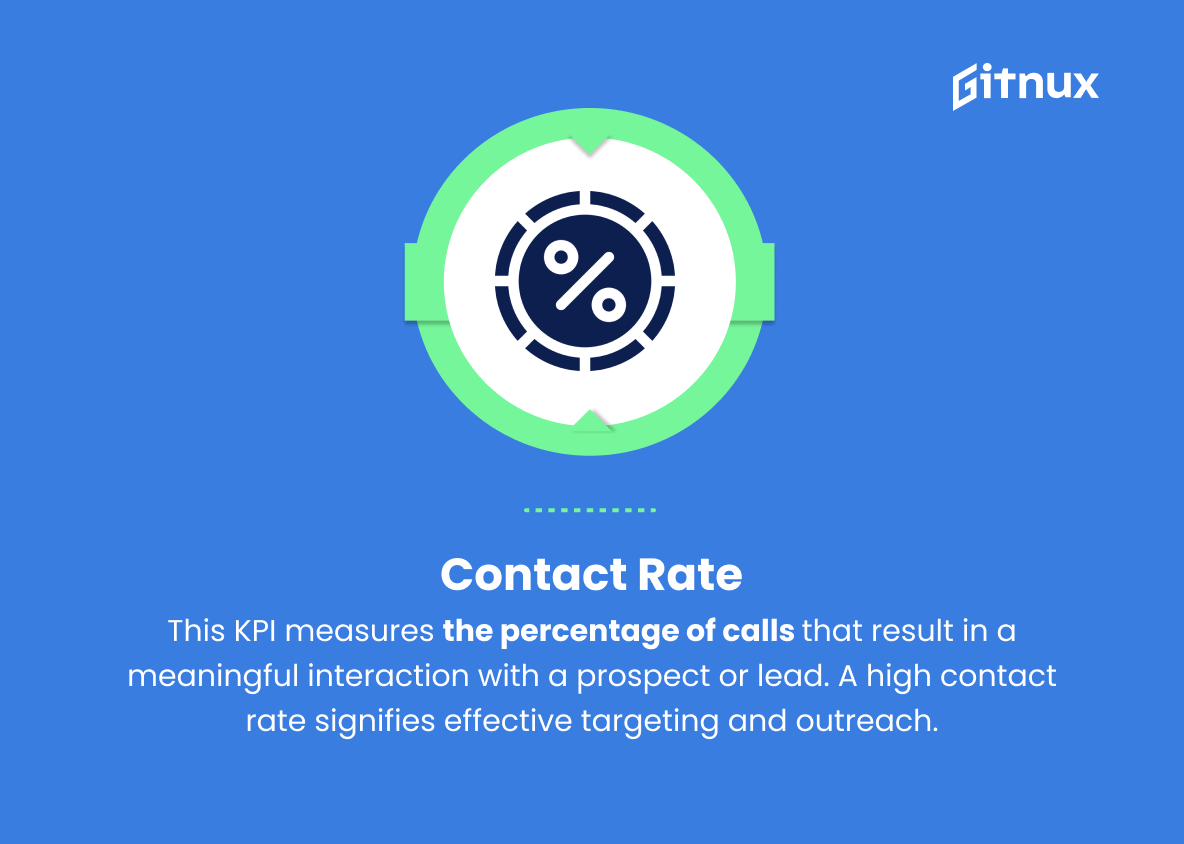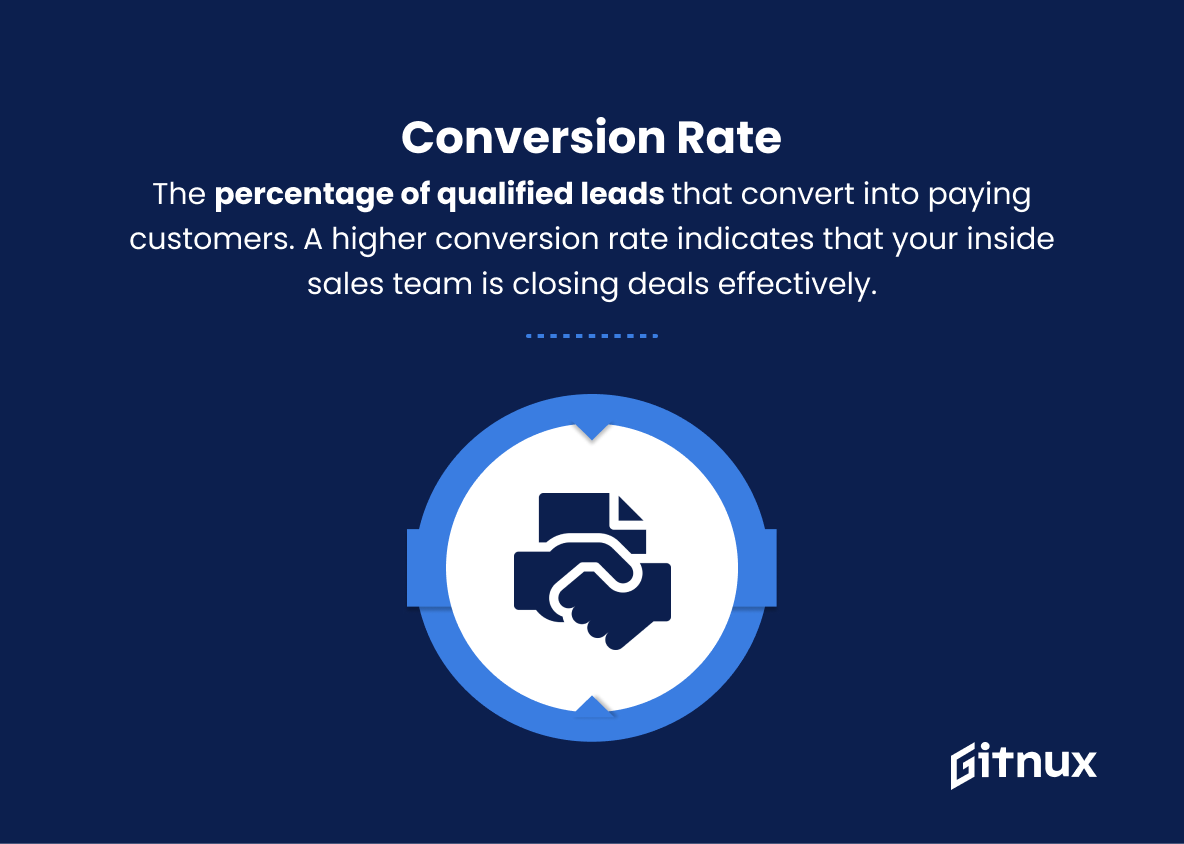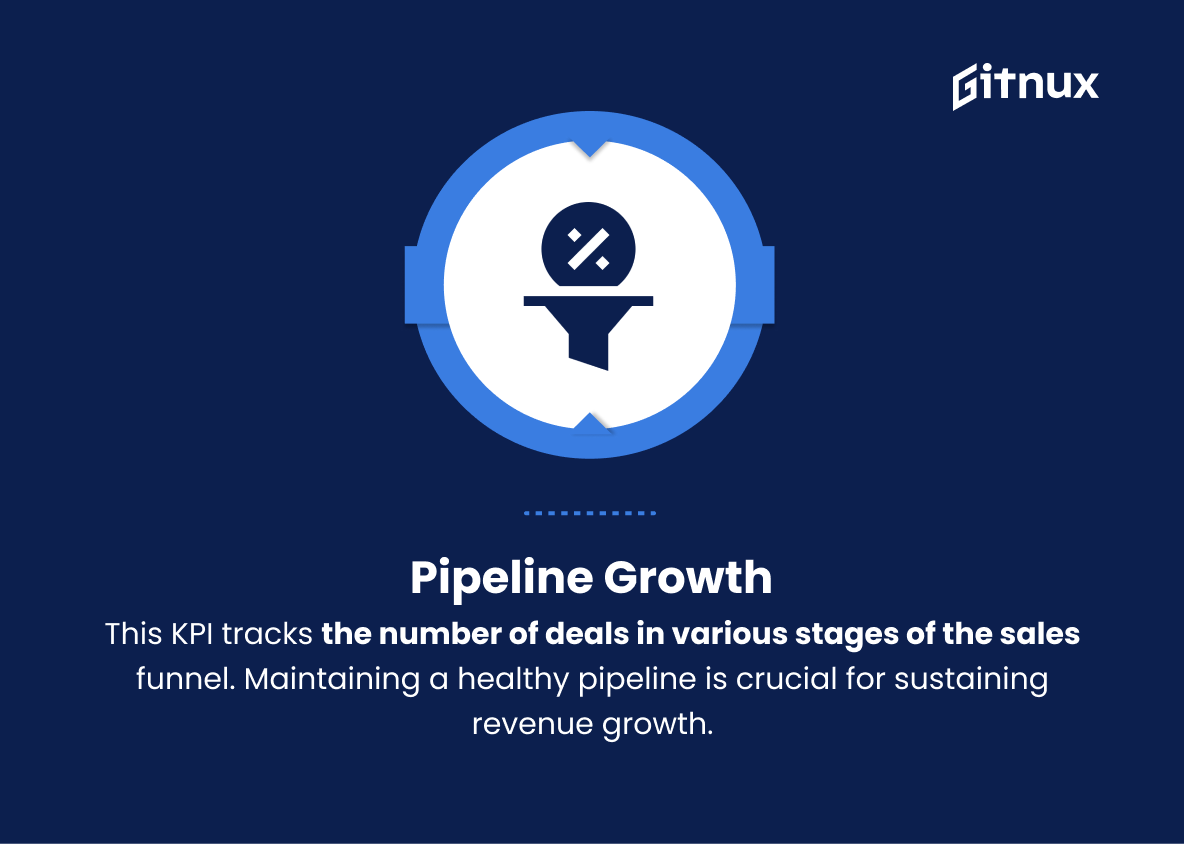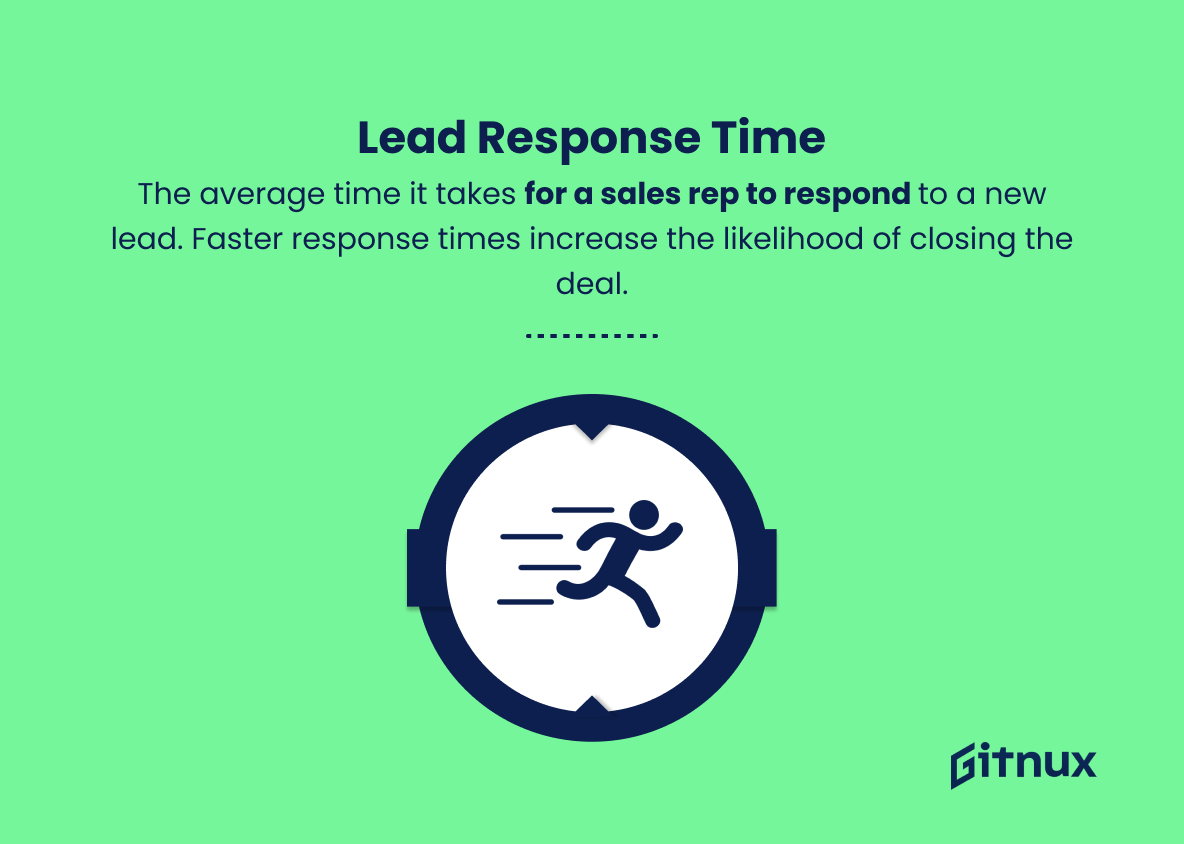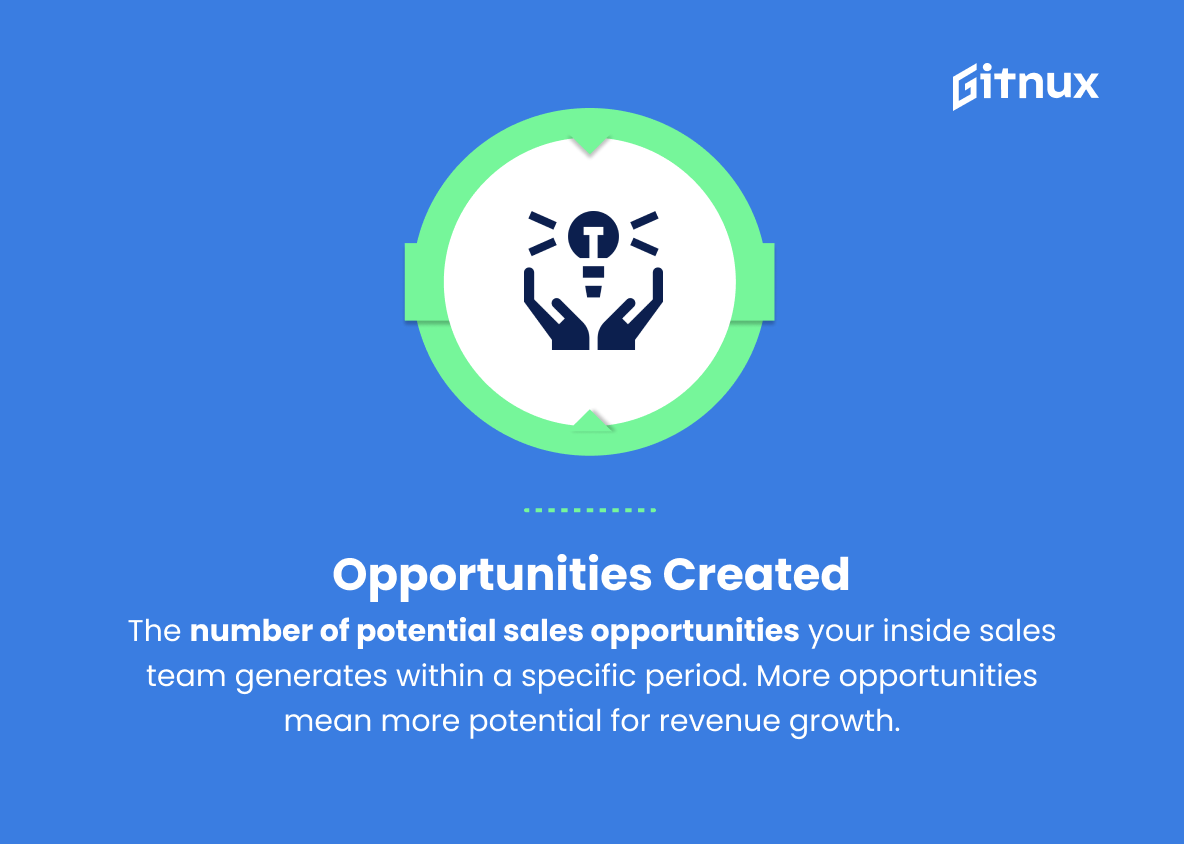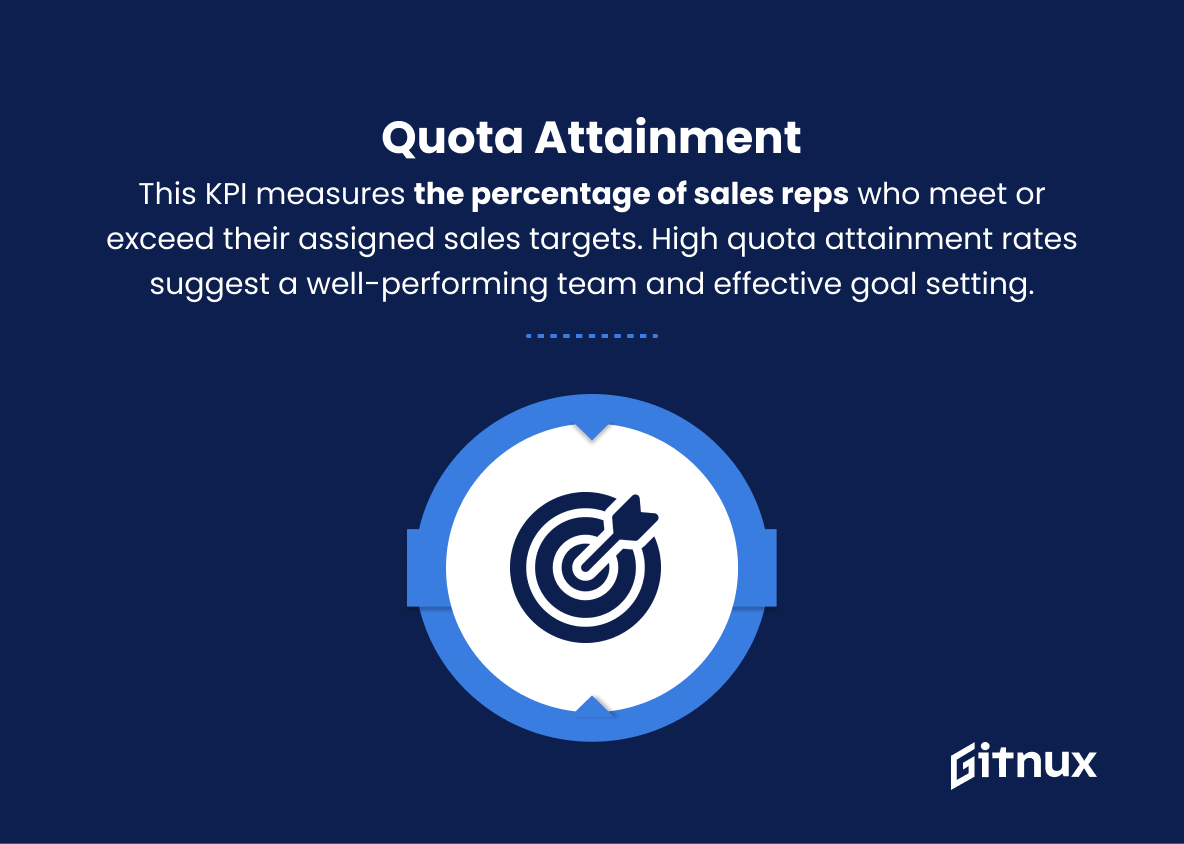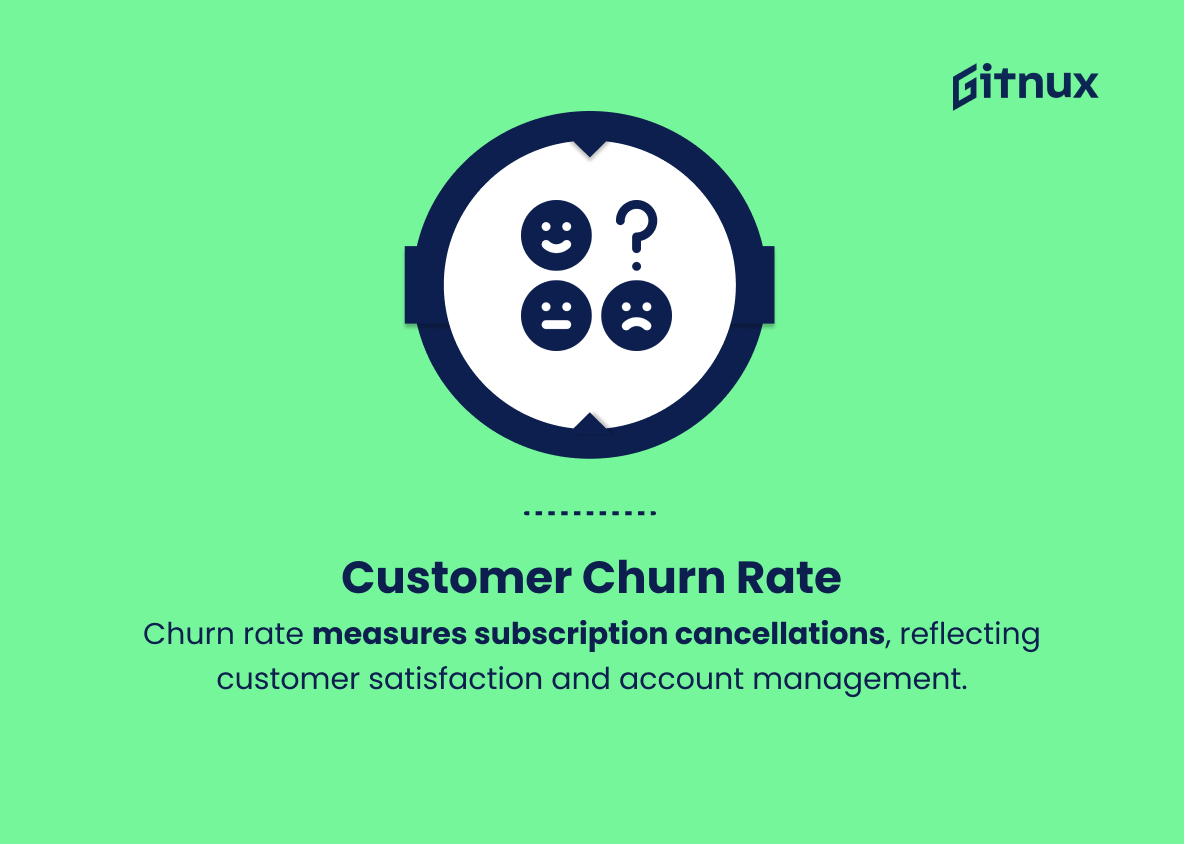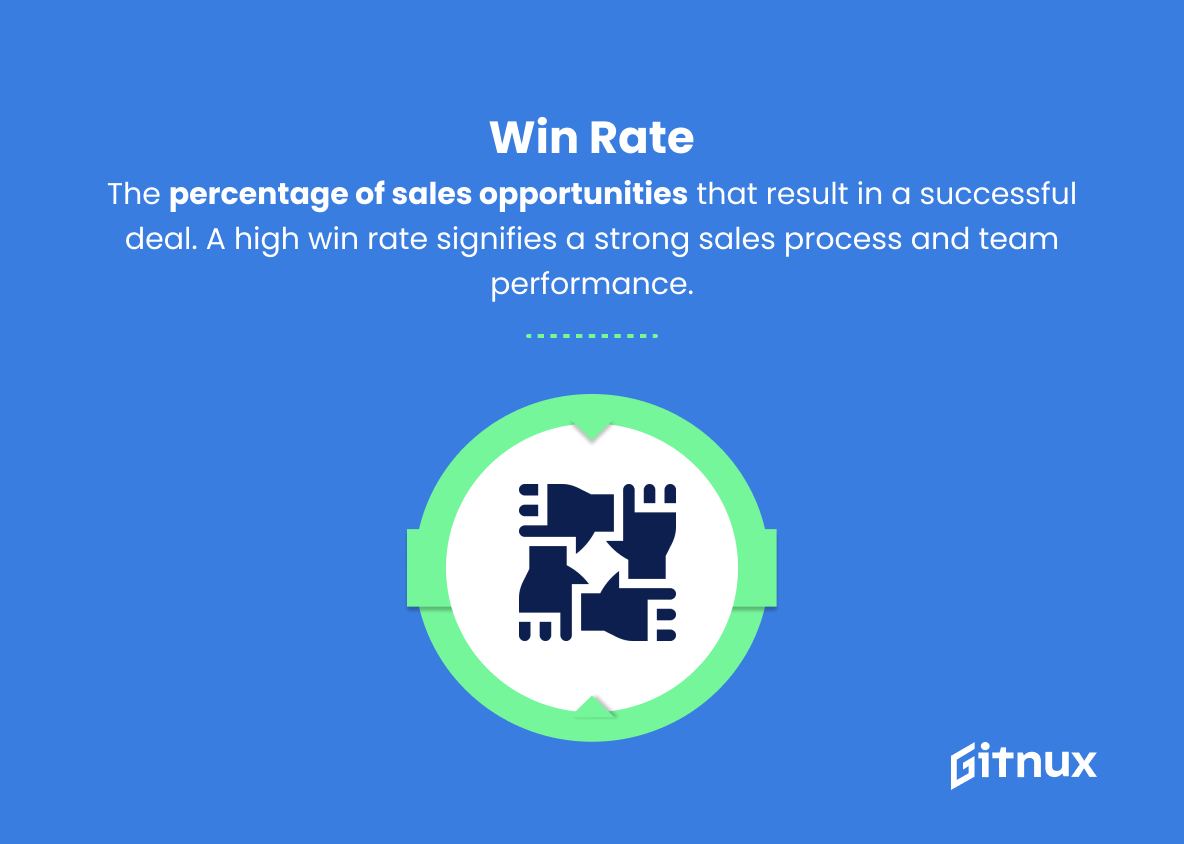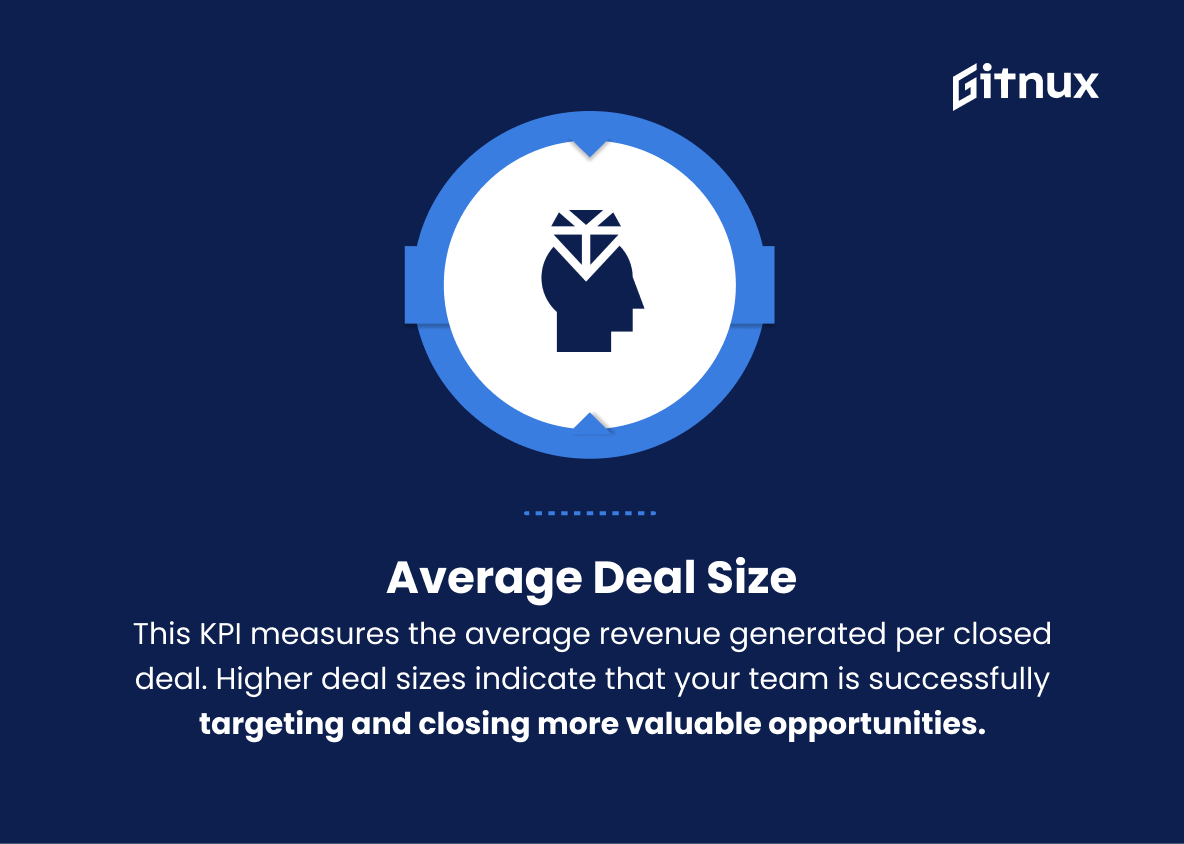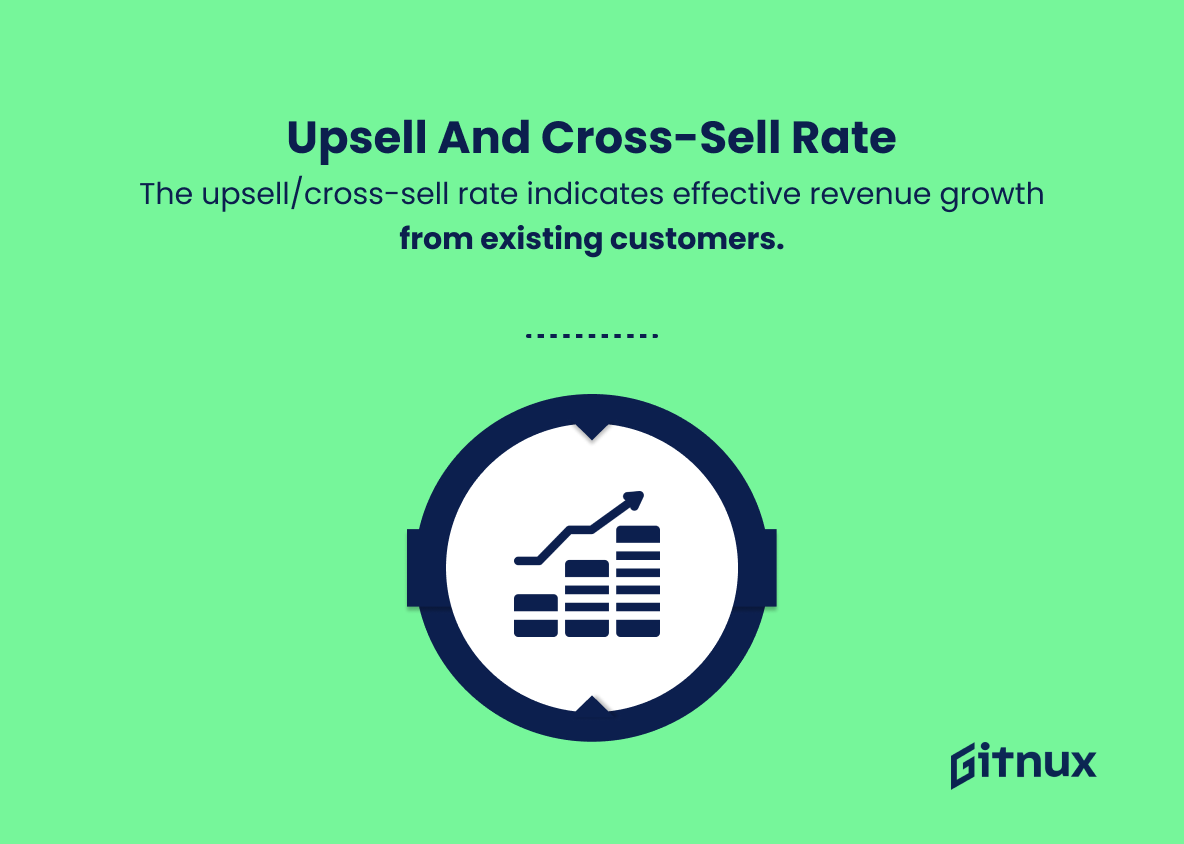In today’s competitive business landscape, the success of an organization’s sales efforts is intrinsically tied to its ability to measure, analyze, and optimize its inside sales performance. Harnessing the power of data-driven insights has become the quintessential element of achieving and sustaining growth in the rapidly evolving world of inside sales.
This is where Key Performance Indicators (KPIs) play a pivotal role. In this insightful blog post, we will delve deep into the realm of Inside Sales KPIs, shedding light on their importance, the most relevant metrics to track, and how to effectively utilize this valuable data to empower your sales team and drive your business forward. So, without further ado, let’s embark on this journey towards mastering the art of measuring, managing, and maximizing your inside sales KPIs.
Inside Sales KPIs You Should Know
1. Number of calls made
This KPI measures the total number of calls made by inside sales representatives within a given period. It allows you to gauge the level of sales activity.
2. Call duration
The average duration of a sales call provides insight into the quality of conversations and the level of interaction between your sales reps and prospects.
3. Contact rate
This KPI measures the percentage of calls that result in a meaningful interaction with a prospect or lead. A high contact rate signifies effective targeting and outreach.
4. Conversion rate
The percentage of qualified leads that convert into paying customers. A higher conversion rate indicates that your inside sales team is closing deals effectively.
5. Revenue per call
This KPI calculates the average amount of revenue generated from each call made. It allows you to determine the effectiveness and profitability of your inside sales efforts.
6. Sales cycle duration
Measuring the average time it takes for a lead to progress through the sales funnel from initial contact to closed deal. Shorter sales cycles signal a more efficient sales process.
7. Pipeline growth
This KPI tracks the number of deals in various stages of the sales funnel. Maintaining a healthy pipeline is crucial for sustaining revenue growth.
Revenue per call calculates the average amount of revenue generated from each call made.8. Lead response time
The average time it takes for a sales rep to respond to a new lead. Faster response times increase the likelihood of closing the deal.
9. Opportunities created
The number of potential sales opportunities your inside sales team generates within a specific period. More opportunities mean more potential for revenue growth.
10. Quota attainment
This KPI measures the percentage of sales reps who meet or exceed their assigned sales targets. High quota attainment rates suggest a well-performing team and effective goal setting.
11. Customer churn rate
The percentage of customers who cancel or don’t renew their subscriptions within a specific time frame. A low churn rate indicates high customer satisfaction and effective account management.
12. Win rate
The percentage of sales opportunities that result in a successful deal. A high win rate signifies a strong sales process and team performance.
Average deal size measures the average revenue generated per closed deal.13. Average deal size
This KPI measures the average revenue generated per closed deal. Higher deal sizes indicate that your team is successfully targeting and closing more valuable opportunities.
14. Upsell and cross-sell rate
The percentage of existing customers who purchase additional products or services. A high upsell and cross-sell rate shows that your sales reps are effectively identifying and capitalizing on opportunities to increase revenue from existing customers.
Inside Sales KPIs Explained
Inside sales KPIs, such as the number of calls made, call duration, contact rate, conversion rate, revenue per call, sales cycle duration, pipeline growth, lead response time, opportunities created, quota attainment, customer churn rate, win rate, average deal size, and upsell and cross-sell rate, are crucial for understanding and assessing the overall effectiveness and efficiency of your sales team.
They provide valuable insights into various aspects of your sales process, from initial outreach and targeting to closing deals and maintaining customer satisfaction. By monitoring these KPIs, you can identify areas of strength and improvement, ensuring the continuous growth and success of your inside sales efforts.
In addition, these metrics help you gauge the performance of individual sales representatives, assisting in goal setting and decision-making related to staffing, training, and motivation. Ultimately, keeping track of your inside sales KPIs will enable your organization to optimize its sales strategy and achieve greater profitability.
Conclusion
In conclusion, understanding and tracking the right inside sales KPIs is the key to achieving optimum performance and driving success for your inside sales team. By incorporating efficiency, productivity, effectiveness, and overall growth metrics into your performance analysis, you can foster a data-driven environment that constantly evolves and improves.
Armed with accurate insights and an adaptive strategy, your inside sales unit will consistently exceed targets, maximize revenue, and outperform the competition, laying the foundation for a long-lasting and prosperous business.
